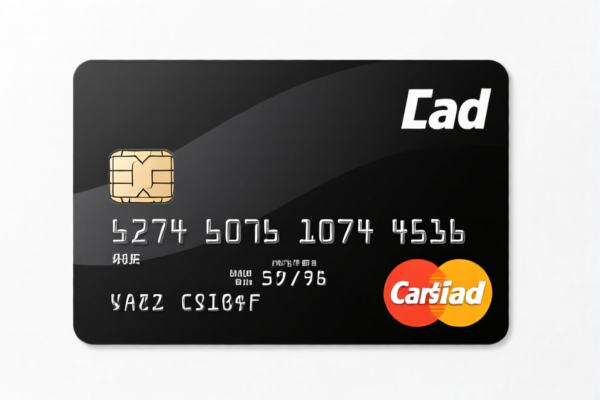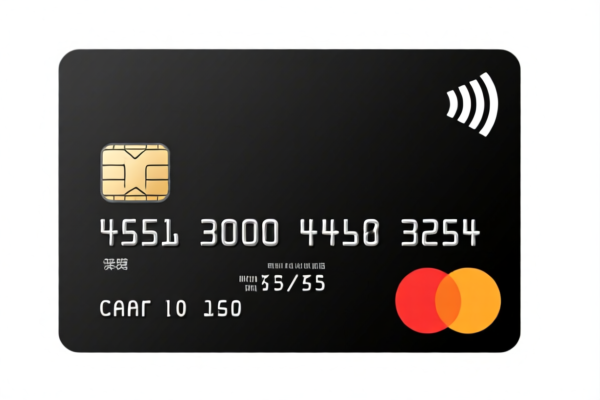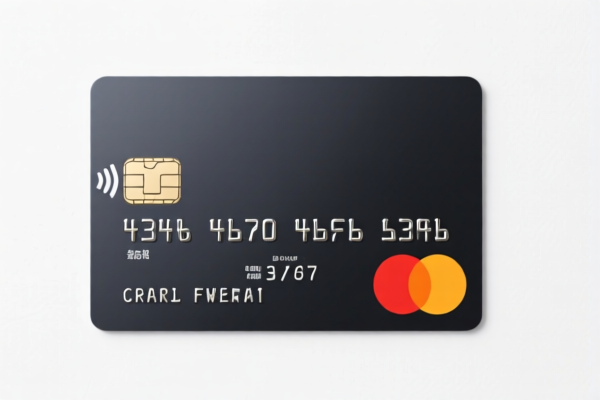| HS Code | Official Doc | Tariff Rate | Origin | Destination | Effective Date |
|---|---|---|---|---|---|
| 4907000000 | Doc | 37.5% | CN | US | 2025-05-12 |
| 4907000000 | Doc | 37.5% | CN | US | 2025-05-12 |
| 9704000000 | Doc | 37.5% | CN | US | 2025-05-12 |
| 4911998000 | Doc | 37.5% | CN | US | 2025-05-12 |
| 4911996000 | Doc | 37.5% | CN | US | 2025-05-12 |
| 9504400000 | Doc | 30.0% | CN | US | 2025-05-12 |
| 4706100000 | Doc | 55.0% | CN | US | 2025-05-12 |
| 4706200000 | Doc | 55.0% | CN | US | 2025-05-12 |
| 4707900000 | Doc | 55.0% | CN | US | 2025-05-12 |
| 4707100000 | Doc | 55.0% | CN | US | 2025-05-12 |
| 3926909400 | Doc | 55.0% | CN | US | 2025-05-12 |




Card Issue
A "card issue" broadly refers to the process of creating and distributing payment cards, encompassing various types and associated functionalities. It involves banks, financial institutions, and card networks like Visa, Mastercard, American Express, and others.
Materials
Payment cards are primarily constructed from:
- Polyvinyl Chloride (PVC): The standard material for credit, debit, and prepaid cards due to its durability, cost-effectiveness, and suitability for printing.
- Electromagnetic Stripe (Magstripe): A band of magnetic material containing encoded account information, historically prevalent but increasingly replaced by chip technology.
- EMV Chip: A microchip storing account data, offering enhanced security through dynamic authentication.
- Contactless Chip (NFC): Allows for tap-to-pay transactions via Near Field Communication.
- QR Codes: Increasingly used for mobile payments and linking to digital wallets.
- Card Body Materials: Beyond PVC, some cards utilize metal (stainless steel, titanium) or bio-sourced plastics for premium designs and sustainability.
Purpose
The core purpose of card issue is to facilitate:
- Payment: Enabling transactions at points of sale (POS), online, and via telephone.
- Credit Access: Providing a line of credit to cardholders, allowing purchases beyond immediate funds.
- Financial Management: Offering tools for tracking spending, rewards, and account activity.
- Identity Verification: Serving as a form of identification.
Function
A card issue encompasses several key functions:
- Account Creation: Establishing a cardholder account linked to a funding source (bank account, credit line).
- Card Production: Manufacturing physical or digital cards with unique account numbers and security features.
- Authorization: Verifying sufficient funds or credit availability during transactions.
- Fraud Prevention: Implementing security measures to detect and prevent unauthorized use.
- Billing and Payment Processing: Generating statements, collecting payments, and managing account balances.
- Customer Service: Providing support and assistance to cardholders.
Usage Scenarios
Cards are used in a wide array of scenarios:
- Retail Purchases: In-store transactions at physical locations.
- Online Shopping: E-commerce transactions via websites and mobile apps.
- Travel & Entertainment: Booking flights, hotels, and rental cars.
- Bill Payments: Automating recurring payments for utilities, subscriptions, etc.
- Cash Advances: Obtaining cash from ATMs or bank branches.
- Peer-to-Peer Transfers: Sending money to other individuals.
Common Types
- Credit Cards: Allow borrowing funds with a credit limit, requiring repayment with interest.
- Debit Cards: Directly linked to a bank account, deducting funds immediately from available balance.
- Prepaid Cards: Loaded with a specific amount of funds, suitable for budgeting and gifting.
- Charge Cards: Require full payment of balance each month, often with no pre-set spending limit.
- Rewards Cards: Offer incentives like cashback, points, or miles for purchases.
- Secured Cards: Require a security deposit as collateral, suitable for building credit.
- Business Cards: Designed for company expenses, often with expense tracking features.
- Virtual Cards: Digital card numbers generated for online purchases, enhancing security.
- Travel Cards: Offer benefits like travel insurance, airport lounge access, and foreign transaction fee waivers.
Based on the provided information, “card issue” can relate to several categories of goods. Here's a breakdown of relevant HS codes:
- 4907000000: This HS code covers unused postage, revenue or similar stamps of current or new issue in the country in which they have, or will have, a recognized face value; stamp-impressed paper; banknotes; check forms; stock, share or bond certificates and similar documents of title. This could apply if the “card issue” refers to financial or official cards like checks or certificates.
- Chapter 49: Covers printed books, newspapers, pictures and other products of the printing industry; manuscripts, typescripts and plans.
- Heading 4907: Specifically covers unused postage, revenue, similar stamps, banknotes, checks, and related documents.
- 9504400000: This HS code covers video game consoles and machines, table or parlor games, including pinball machines, billiards, special tables for casino games and automatic bowling equipment, amusement machines operated by coins, banknotes, bank cards, tokens or by any other means of payment: Playing cards. If the “card issue” refers to standard playing cards, this is the relevant code.
- Chapter 95: Covers toys, games and sports equipment.
- Heading 9504: Specifically covers video game consoles, games, and playing cards.
- 3926909400: This HS code covers other articles of plastics and articles of other materials of headings 3901 to 3914: Other: Cards, not punched, suitable for use as, or in making, jacquard cards; Jacquard cards and jacquard heads for power-driven weaving machines, and parts thereof; and Transparent sheeting of plastics containing 30 percent or more by weight of lead. This applies if the cards are plastic cards used in weaving machines.
- Chapter 39: Covers plastics and articles thereof.
- Heading 3926: Specifically covers articles of plastics and articles of other materials.
Regarding HS code 4907000000, 9504400000, and 3926909400, the applicable tax rate is 37.5% for 4907000000, 30.0% for 9504400000, and 55.0% for 3926909400. These rates are subject to change after April 2, 2025, with potential increases to 30.0%, 30.0%, and 55.0% respectively.
Customer Reviews
No reviews yet.